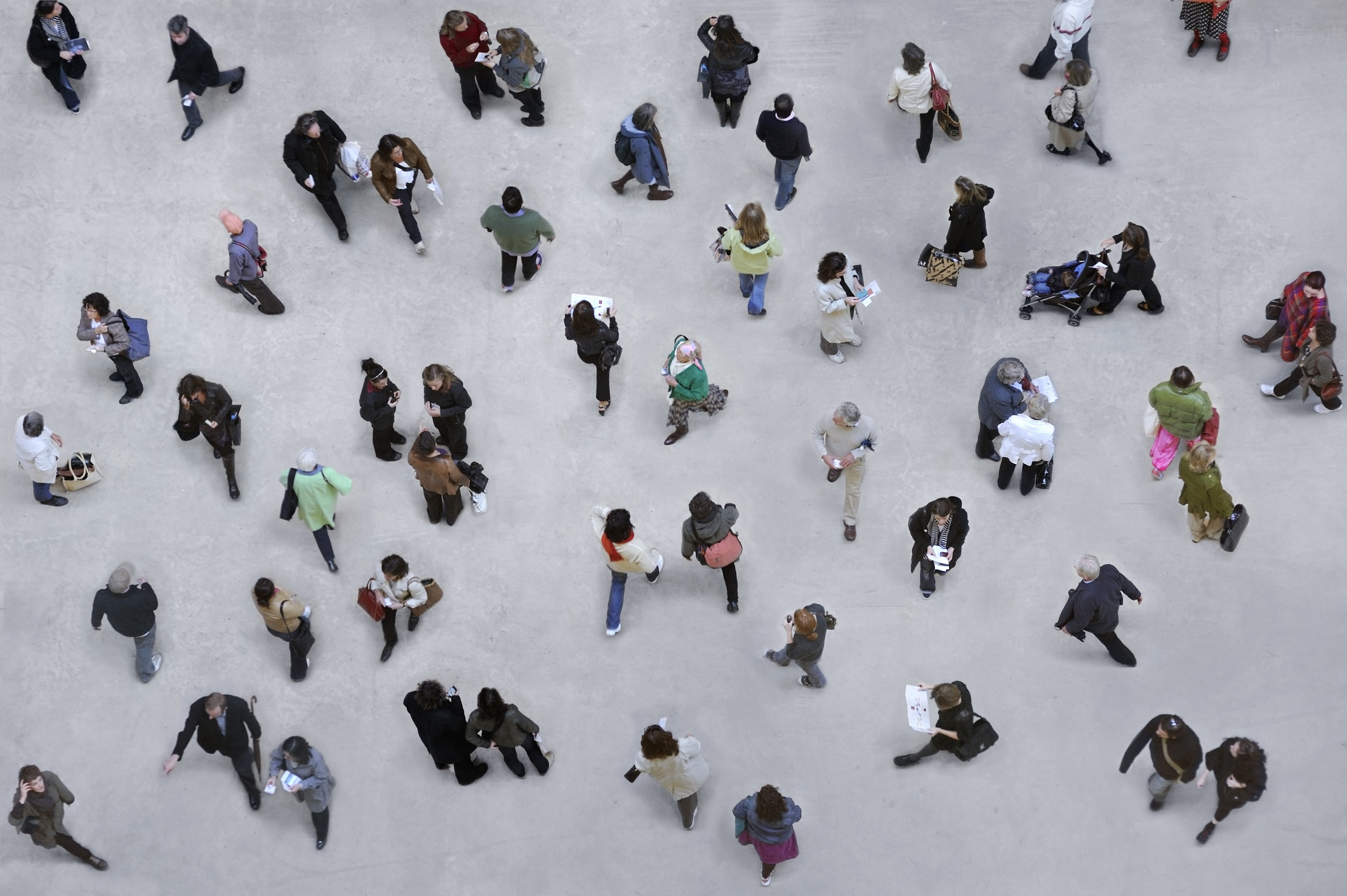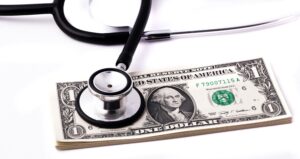
You get the dreaded textual content: the pal you simply met for lunch examined optimistic for COVID-19. Now you’re left to surprise in the event you, too, will get sick within the coming days.
However when do you have to count on signs to start out in the event you do get sick? The reply has modified from the earliest days of COVID-19, consultants say.
“At first of the pandemic, we have been actually taking a look at seven to 10 days because the window of time the place individuals needed to quarantine or isolate after an publicity,” says Andrew Pekosz, a virologist at Johns Hopkins College. “That has shortened considerably now.”
How lengthy does it take to develop COVID-19 signs?
An incubation interval is the size of time it takes somebody to develop signs after publicity to a pathogen. The incubation interval for SARS-CoV-2, the virus that causes COVID-19, has shortened significantly for the reason that virus first started circulating, latest knowledge recommend. Incubation intervals averaged about 5 days when the Alpha variant was dominant, about 4.5 days when Beta and Delta have been dominant, and about 3.Four days as soon as Omicron took over, in line with a 2022 analysis evaluate.
Newer analysis from varied international locations, together with Japan, France, and Singapore, additionally suggests Omicron strains have incubation intervals of about three days, and even rather less.
The virus’ incubation interval is probably going shrinking for just a few causes, says Shane Crotty, chief scientific officer on the La Jolla Institute for Immunology. The virus has advanced over time, turning into sooner and more proficient at infecting people, Crotty says. Almost everybody has additionally now had not less than one brush with COVID-19, whether or not by vaccination or sickness. Every encounter leaves behind directions for the immune system, serving to it acknowledge the virus sooner the following time it seems.
“You having signs is all about your immune system being activated,” Crotty explains. “The entire pre-symptomatic interval is unhealthy information as a result of your immune system has not managed to tug the fireplace alarm but.” A shorter incubation interval implies that your physique is “recognizing the virus sooner and pulling these sprinkler techniques sooner.”
When ought to I check for COVID-19 after an publicity, and when am I within the clear?
Federal well being authorities, together with the U.S. Facilities for Illness Management and Prevention, advocate testing no ahead of 5 days after a COVID-19 publicity, except you develop signs earlier. However since present variants appear to have incubation intervals of round three days, Pekosz says it is acceptable to check as quickly as day three, once more except signs begin earlier.
Dr. Peter Hotez, dean of the Nationwide Faculty of Tropical Medication at Baylor School of Medication, says he begins to really feel extra assured he is dodged an an infection if he’s nonetheless feeling wholesome three days after a possible publicity. However, “keep in mind, incubation intervals are statistical chances,” he says. “There’s at all times going to be outliers.” You could possibly develop a sore throat or runny nostril solely a pair days after publicity to the virus, otherwise you won’t really feel sick till day 5—or, in the event you’re fortunate, chances are you’ll not get contaminated in any respect.
The timing of symptom onset will depend on plenty of elements, together with the quantity of virus to which somebody was uncovered, Hotez says. Their stage of pre-existing immunity might also have an effect on the probability or timing of getting sick, Crotty provides.
Given all this variation, Pekosz recommends monitoring your well being for as much as every week after an publicity and sporting a masks round different individuals throughout that point. Bear in mind, too, that false negatives are attainable on at-home assessments. For those who get a damaging end result, the U.S. Meals and Drug Administration recommends taking not less than yet another check 48 hours later to substantiate it.
What’s the incubation interval of JN.1?
It’s too quickly to know precisely, however Hotez says JN.1 is more likely to have an incubation interval just like that of different Omicron strains. One 2023 examine discovered that whereas incubation intervals have gotten shorter over time, the assorted Omicron subvariants’ have all been just like each other.
Usually, Crotty says, there’s a restrict to how low incubation intervals can go. The SARS-CoV-2 virus works by invading human cells and utilizing them to make quite a few copies of itself. SARS-CoV-2 has a protracted genome that takes some time to repeat, so Crotty doubts its incubation interval will get a lot shorter than it already has. Viruses like measles and varicella (which causes chickenpox) on common take longer than every week to incubate, so, by comparability, a three-day incubation interval is already fairly quick.



